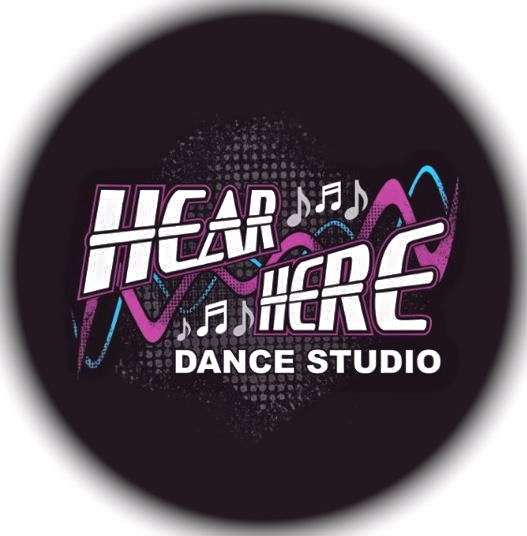

These days it is often used online to signify agreement, in much the same way that “Seconded”, “What said” and “+1” do. Over time, the expression spread to other domains, such as meetings and local debates. By the late eighteenth century an abridged version had developed: hear! or hear! hear! In its written form it is punctuated in various ways, e.g. It became popular as a British parliamentary exclamation used to draw attention to something a speaker had just said.
#Hear hear or here here manual
You may even see one of your suggestions implemented in the seventh edition (or a future edition) of the Publication Manual or another APA Style resource.The phrase hear! hear! originated as the imperative hear him! (hear him!) in the late seventeenth century, or possibly earlier. Please continue to communicate with us and know that we will enthusiastically consider your input for years to come. Thank you, dear readers, for sharing your questions, comments, and concerns. To further complement the book, we will also provide ancillary materials (e.g., transition guide, lecture slides) to adopting instructors in time for spring 2020 and thereafter.
#Hear hear or here here how to
We have updated our journal article reporting standards webpages that address how to report quantitative, qualitative, and mixed methods research and feature new resources (e.g., a supplemental glossary).

Today also marks the launch of this blog and our new APA Style website offering insider tips, handouts, and tools for seventh edition APA Style.

Among other advances with this edition, we provide guidance on color contrast in figures and allow greater flexibility with font specifications. We also consulted with accessibility experts to create guidelines that support all people who read and write works in APA Style, including those using screen readers and other assistive technologies. We collaborated with advocacy organizations and experts to expand and revise our hallmark bias-free language guidelines and added new sections on participation in research, socioeconomic status, and intersectionality. When weighing feedback on possible revisions to guidelines and new guidelines, we prioritized diversity, inclusion, and accessibility. By popular demand, we are also publishing a spiral-bound version with tabs for ease of navigation. The result of your feedback is an exquisite full-color book-a milestone for an official APA Style guide-covering all major aspects of scholarly writing and publishing for both students and professionals.īecause the Publication Manual is used as an academic textbook and reference work, we have optimized its utility with practical cross-references, focused numbered sections, ample sample materials and examples, and a user-friendly index. Written by APA Style experts and by professionals in psychology, nursing, and other disciplines that use APA Style, it addresses these questions and more. Today we are proud to release the seventh edition of the Publication Manual. We have benefited from understanding your needs, and we hope that you recognize the passion and commitment we bring to elevating APA Style and scholarly communication. Since the release of the sixth edition of the Publication Manual of the American Psychological Association in 2009, we have consulted with you and other users around the globe via interviews, focus groups, surveys, social media and blog comments, email, and website forms and at conferences. Over the years, you’ve asked these and many other illuminating questions, and we’ve paid close attention.


 0 kommentar(er)
0 kommentar(er)
